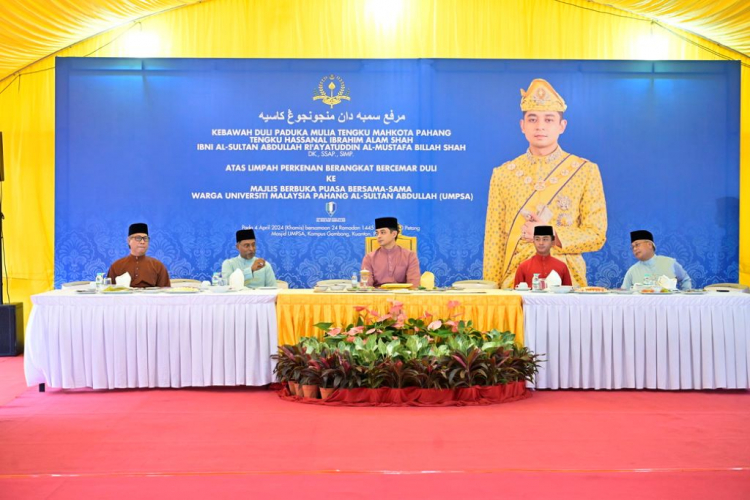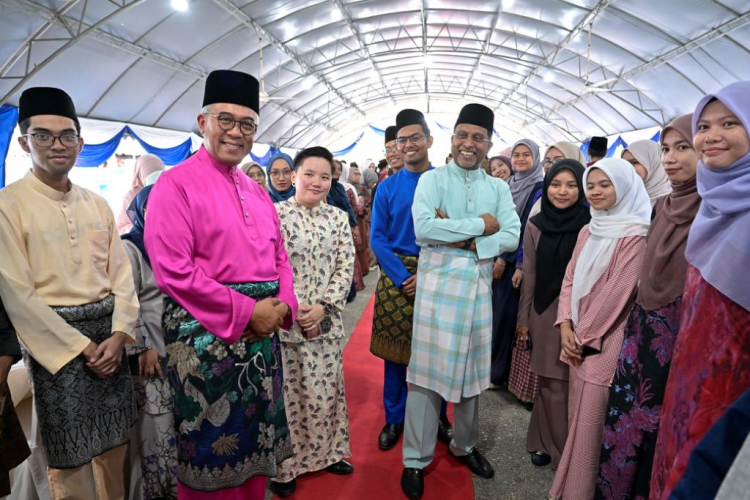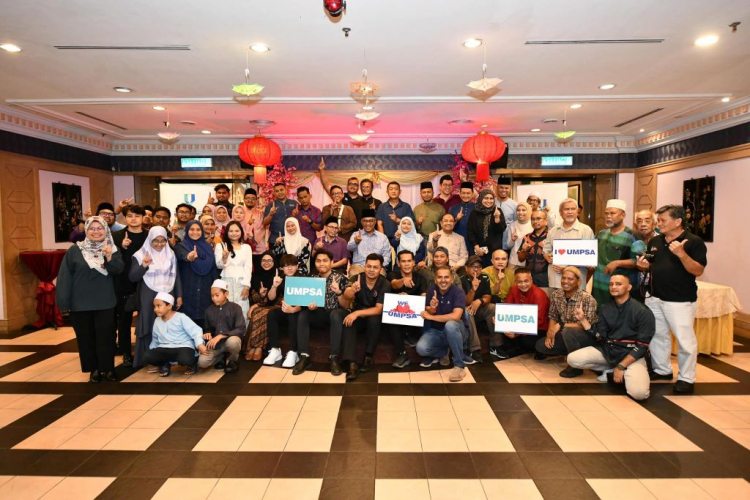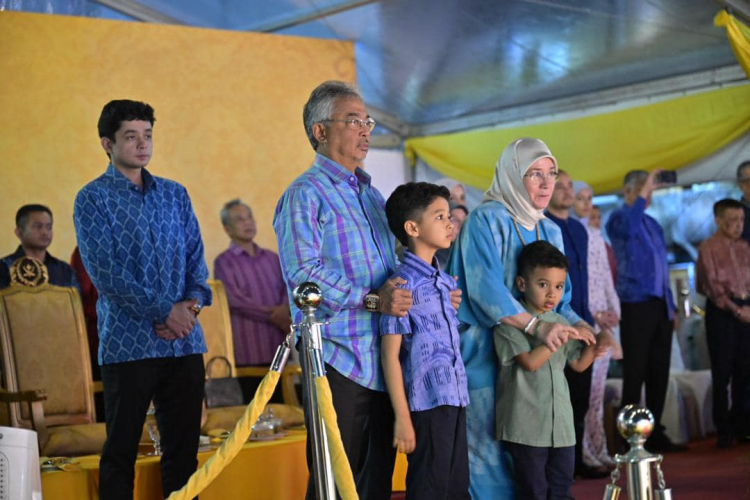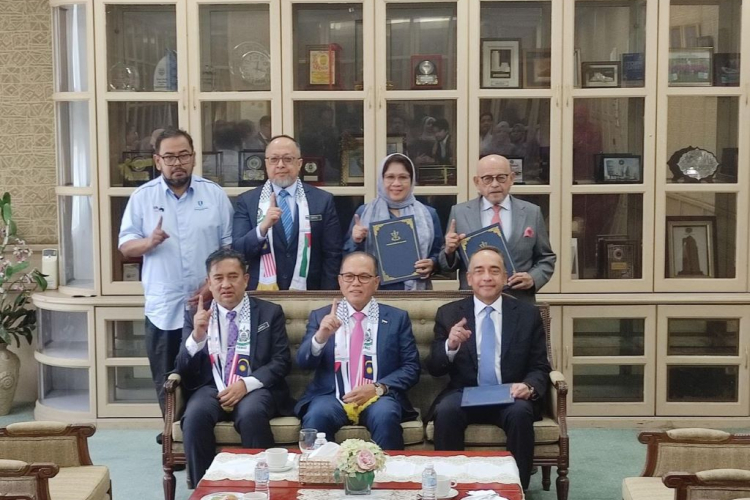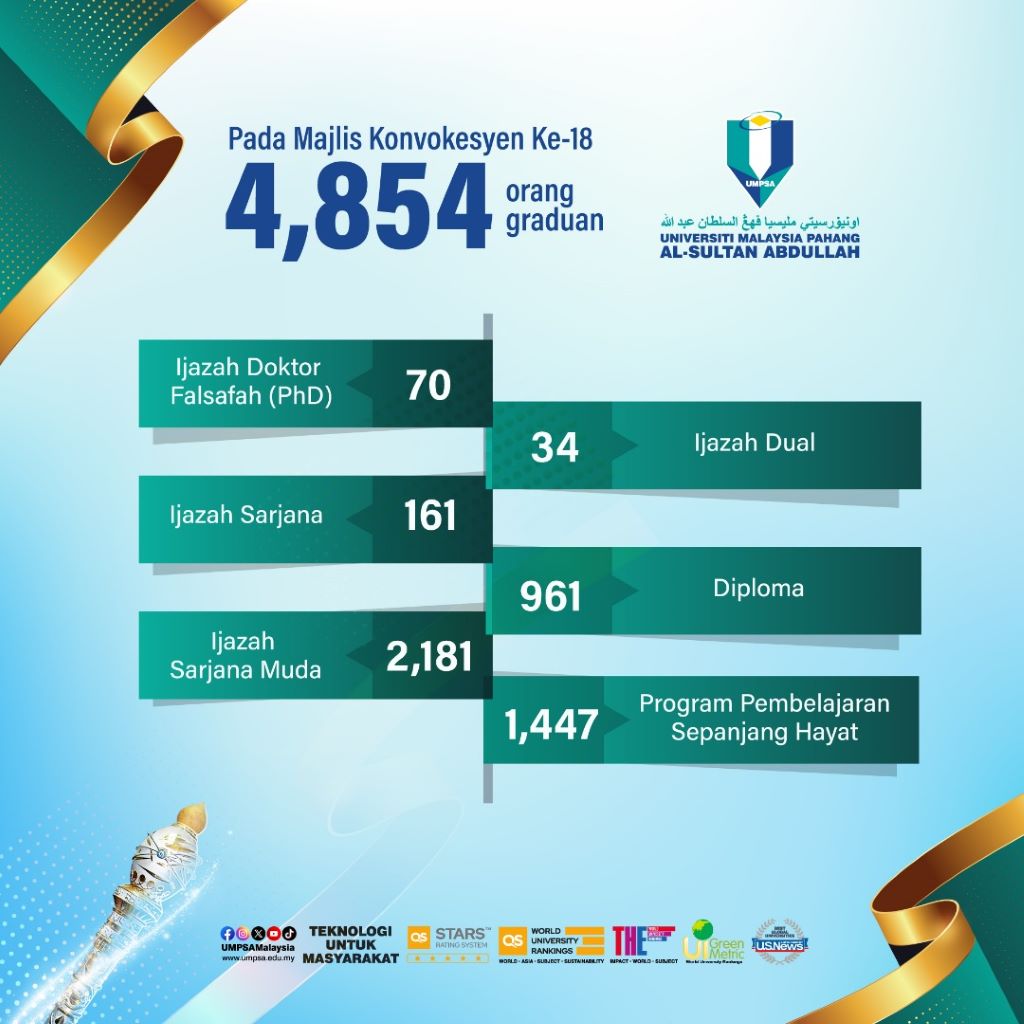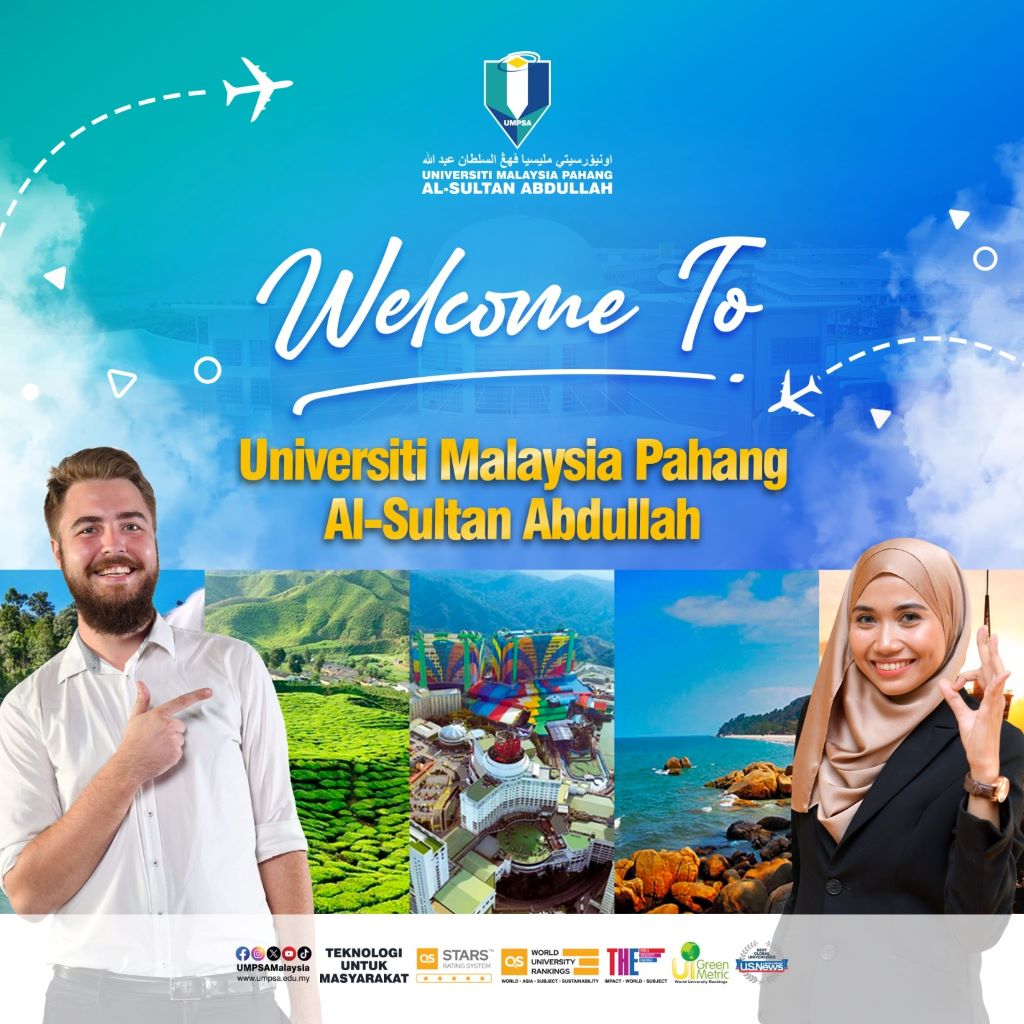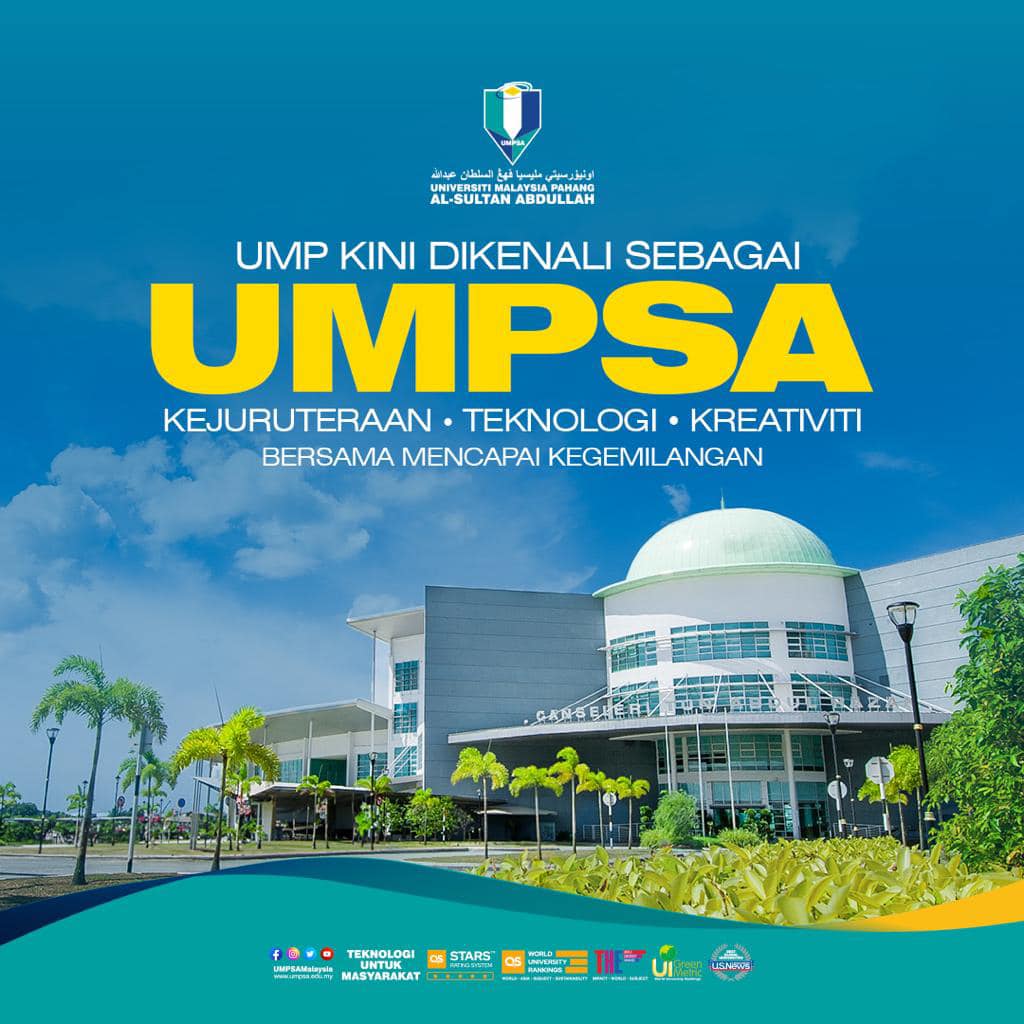Wonders of Oud reveals the uniqueness of agarwood
The uniqueness of agarwood is well known in our society.
Its uses in various fields such as perfumes, cosmetics, traditional medicine, beverages, and architecture reveal nature’s secret of our country.
UMP has published a book entitled Wonders of Oud which describes the aspects of scientific research on agarwood and related business opportunities. This book has five chapters discuss the secrets of agarwood.
Chapter 1 is about the oil contained in agarwood, which is the key ingredient in the manufacture of perfumes. It is widely used in the Middle East and penetrated the West until it is acknowledged as perfume do the 21st century.
Chapter 2 discusses the uses of agarwood in beauty and personal care. However, its use is still in the research stage compared to its application in the perfume industry.
In Chapter 3, the readers will get to know about the use of agarwood in traditional medicine. Since ancient times, agarwood is said to cure many diseases. This chapter also describes the potential and current value of agarwood in the pharmaceutical industry.
Also, Chapter 4 discusses the use of leaves of Aquilaria (the plant that produces agarwood) as agarwood tea. This chapter also reveals the increasing demand of the leaves of Aquilaria in various countries and the related studies conducted, such as to prove whether its use in traditional medicine is truth or myth.
The final chapter summarises and answers the secrets of agarwood.
As a responsible society, we must realise the importance of preserving natural treasures for the future.
More information about UMP publication can be accessed through http://apps-cfm.ump.edu.my/staff/ebooksump/index.cfm.
Title: Wonders of Oud
Authors: Puteri Fadzline Muhamad Tamyez, Norul Amalina Sabri, Fazeeda Mohamad dan Cheng Jack Kie
ISBN: 9789672229321
Number of pages: 92
Year: 2019
By : Shalfarina Shahriman, Ump Press
Translation by: Dr. Rozaimi Abu Samah, Faculty Of Chemical And Process Engineering Technology


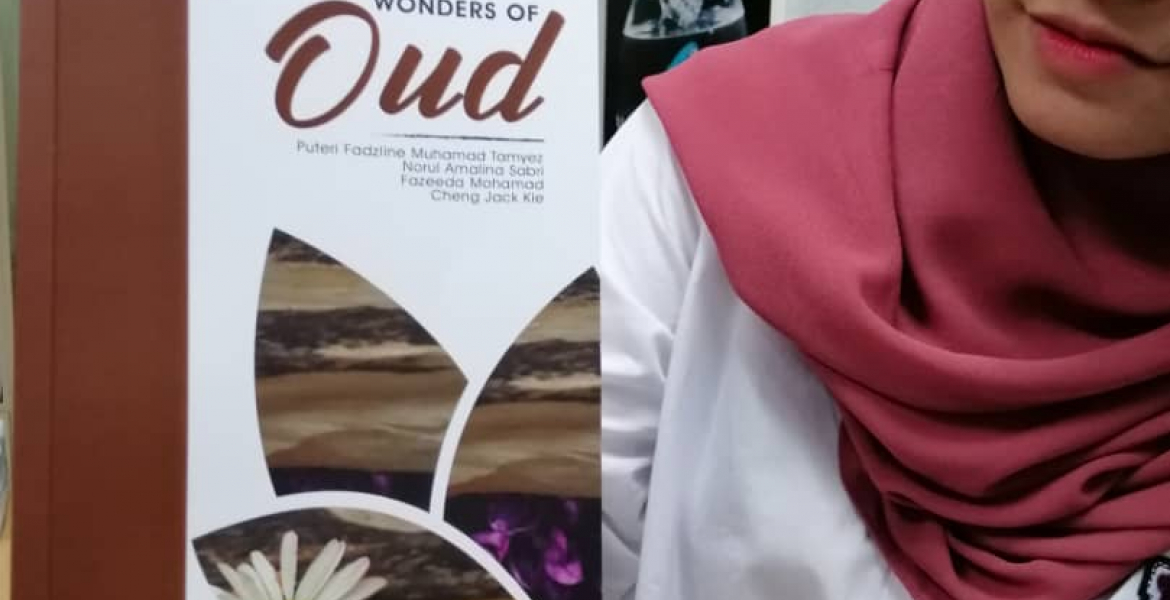
 Reports by:
Reports by: 